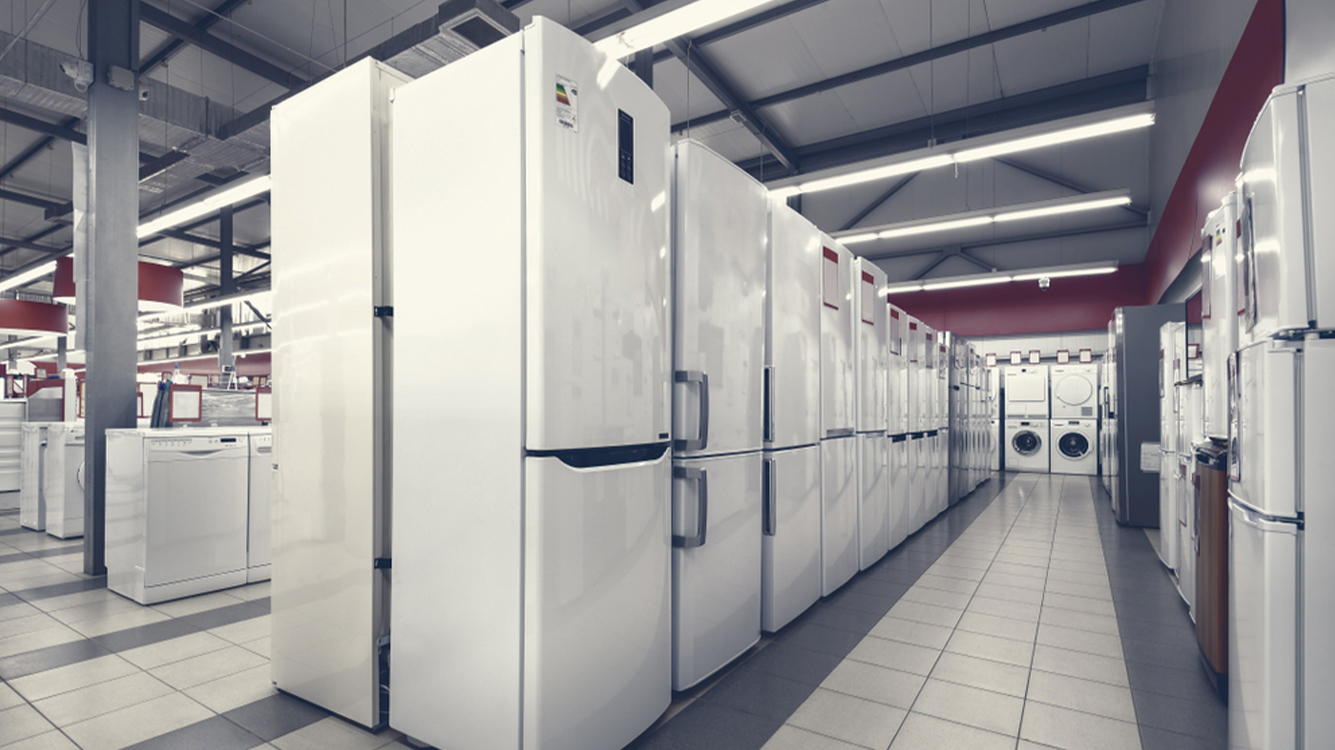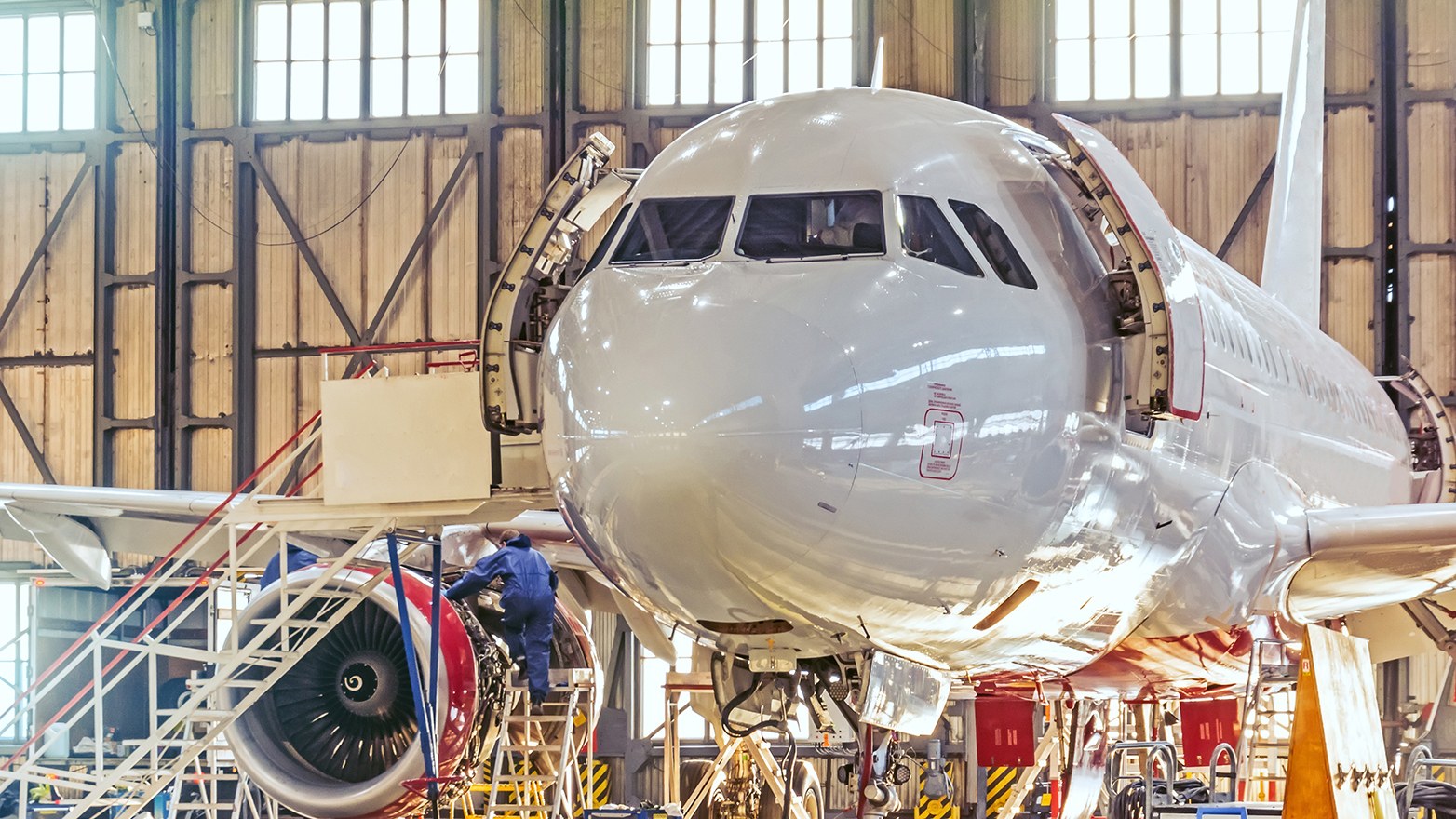Drop in aircraft orders mask underlying strength
Prospects for a soft landing are more probable.

August 24, 2023
Durable goods orders fell 5.2% in July, more than giving back the prior month’s jump of 4.4% and exceeding the -4% consensus. Once again, the swing in orders was influenced by aircraft demand. Discounting the impact of transportation orders, durable goods orders still rose a healthy 0.5% in July after a 0.2% gain in June.
At the Paris Air Show in June, Boeing received orders for 304 planes, the highest booking in 10 years. In July, orders came back to earth as Boeing reported 52 airplane orders, resulting in transportation orders plunging 14.3% after rising 11.9% in the prior month. If good news could be found in the transportation component, orders for motor vehicles and parts rose 0.8% in July, despite news that the price of new vehicles is becoming out of reach for some households. The average price for a new vehicle is running around $50,000. Furthermore, newly delinquent loans, those one month behind on their payments, are on the rise for auto loans. We’ll continue to keep a close eye on orders in the pipeline for motor vehicles to see if consumer demand wavers.
Machinery orders and electrical equipment orders rose 1.1% and 1%, respectively in July, extending the gains seen in recent months. On-shoring investment and green energy credits associated with the Inflation Reduction Act are propelling investment in those areas. Fabricated metals rose 0.7% for the same reason. Orders for primary metals were little changed in July, up 0.1%, while orders for computers and electronics slipped 0.1%. There remains a lot of euphoria associated with chatGPT as orders for computers and related products increased 9.1% on an annualized basis for July, the best showing among all the primary industries for durable goods orders. On a comparable basis, electrical equipment orders are up 6.2% year-on-year.
Core capital goods orders, a reflection of business investment, rose 0.1% in July, recovering from June’s -0.4%. Shipments of nondefense capital goods excluding aircraft, used in the calculation of third quarter GDP, fell 0.2% in July, which suggests business spending could be a touch softer than our previous projection, though not negative.
Another indicator of forward-looking business investment comes from the Institute for Supply Management's (ISM) new orders index. This index has been near 50 or below, which signifies contracting activity, for 14 consecutive months but is exhibiting signs of bottoming out in recent months. During the Global Financial Crisis, the comparable measure was 19 months in a row.
The Fed is at or near a peak in interest rates.
Bottom Line:
With prospects for a soft landing more probable now, the stabilization in the ISM's new orders index should spur additional investment. Federal Reserve Chairman Jay Powell is expected to leave the door open to additional rate hikes this week in his Jackson Hole keynote address. The Fed is at or near a peak in interest rates but does not want to risk an acceleration in growth from reigniting inflation later in the year. That said, the reality of what appears to be a soft landing also brings higher bond yields, which reinforces the restrictive monetary policy currently in place.
Explore more

A near Goldilocks report on growth
The core PCE measure appears as though it came in below expectations in June.

Trade gap widens more than expected
China’s exports are likely to fall later this year.

Mexico wins in the push to friend-shore
Mexico is now the top U.S. trading partner.
Meet our team

Subscribe to insights from KPMG Economics
KPMG Economics distributes a wide selection of insight and analysis to help businesses make informed decisions.
